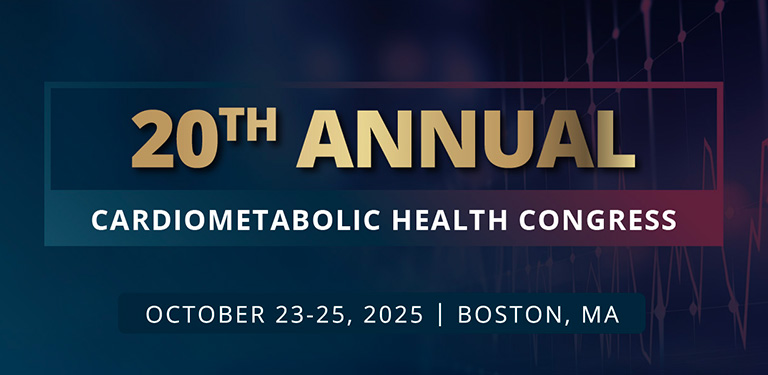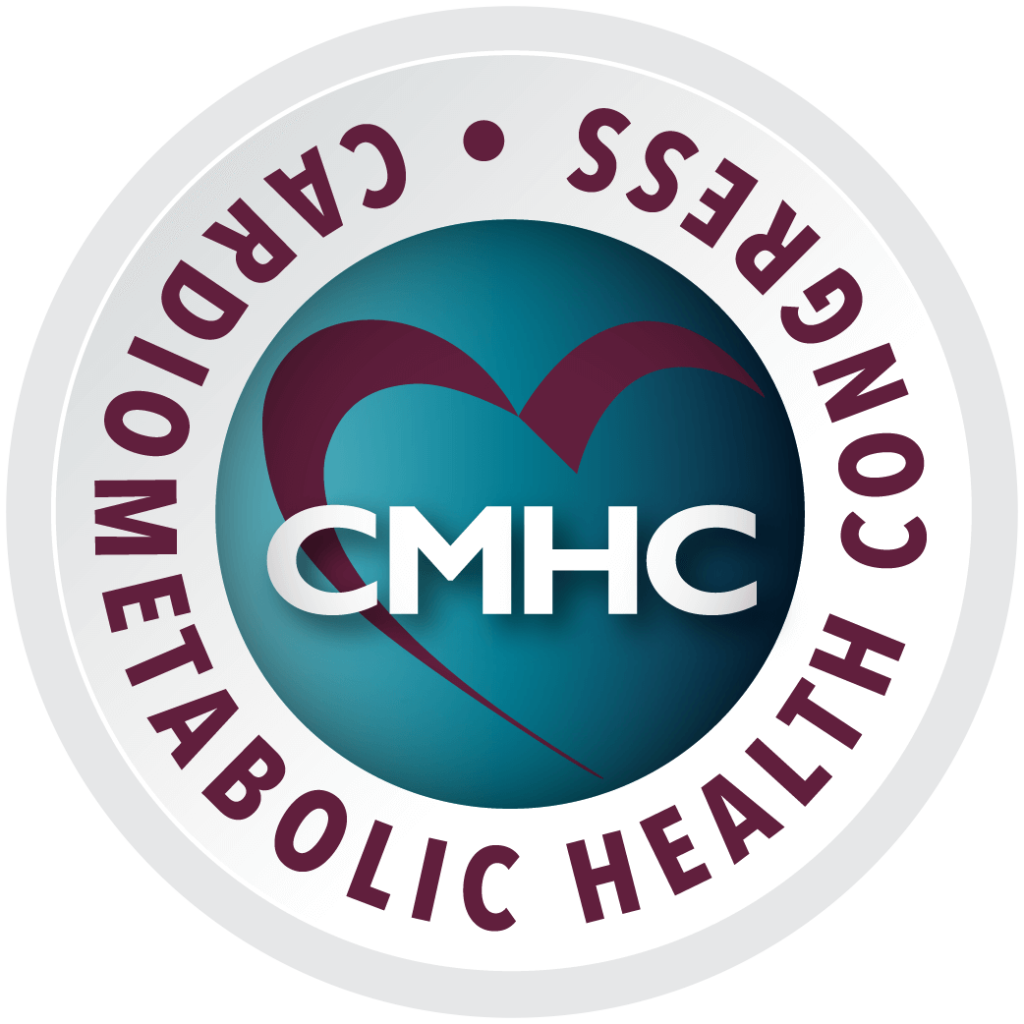Arguably, the times have never been better for cardiometabolic medicine. With the results of cardiovascular outcomes trials of newer diabetes drugs like sodium-glucose-cotransporter 2 (SGLT-2) inhibitors and glucagon-like peptide-1 (GLP-1) receptor agonists (GLP1 RAs), we now have real means to prevent heart failure (HF), stroke, myocardial infarctions, and all-cause mortality in patients with T2D and existing CVD, and perhaps, soon enough, even in patients without T2D, or for primary CVD prevention.7,8,9 Furthermore, these agents have shown real promise in tackling the massive challenge of slowing kidney disease progression in patients with diabetes, in addition to having beneficial effects on hypertension and overweight and obesity.7,8 We have discovered the ‘metabolic face’ of heart failure, which has led to not only improved treatments for the often ignored spectrum of patients with heart failure and diabetes, but also in characterizing a new subset very tightly related to cardiometabolic risk factors, or HF with preserved ejection fraction (HFpEF).10 These developments only represent a small portion of the exciting advances that are poised to revolutionize the care for patients with cardiometabolic disease or risk.
But will they do so, or will they be subject to the slow uptake (sometimes in decades)11 that usually is associated with newer therapies and approaches? The early indications do not seem promising. A recent study from the GOULD registry, an on-going US-based registry designed to describe real-world treatment patterns among patients with ASCVD, including those with T2D, showed that in eligible patients with existing ASCVD and T2D, only 9% and 7.9% were using an SGLT-2 inhibitor or a GLP-1 RA, respectively.12 In this study, the use of therapies that, at best, have no cardiovascular benefits in high-risk patients with T2DM, such as sulfonylureas and DPP-4 inhibitors, was significantly higher than that for GLP-1 RAs or SGLT-2 inhibitors.12 Because of the cardiovascular benefits of these agents, there is considerable discussion about using them (particularly SGLT-2 inhibitors) in the cardiology setting, and even calls to merge diabetes and cardiology.13 But, cardiologists still seem skeptical about using these agents, or may be ill-equipped to do so.6,14 Also, what is it to say that even if we get past the hurdle of the widespread adoption of these agents across specialties, that we can really address the tremendous impacts of cardiometabolic diseases without taking into account nutrition, physical activity, smoking, hypertension, or lipids?6


















